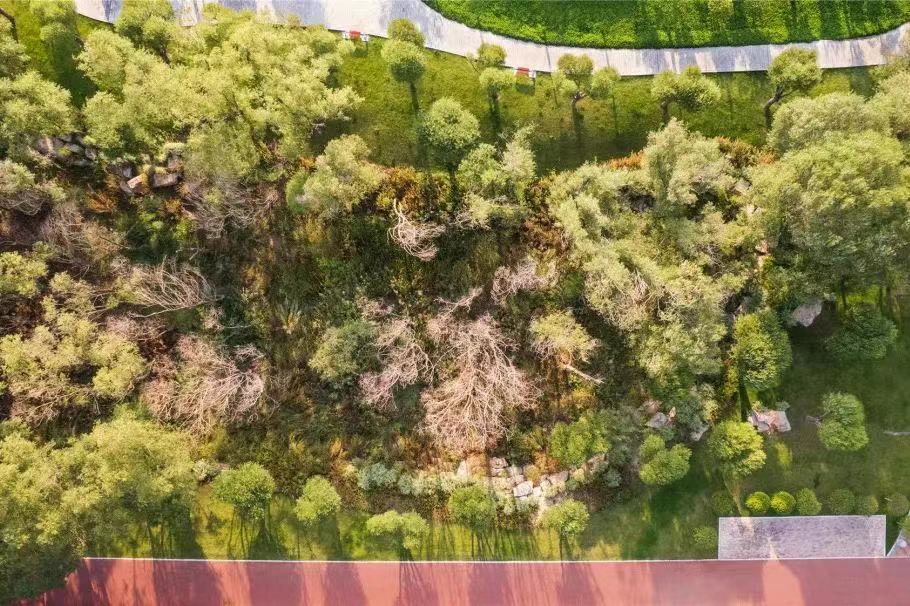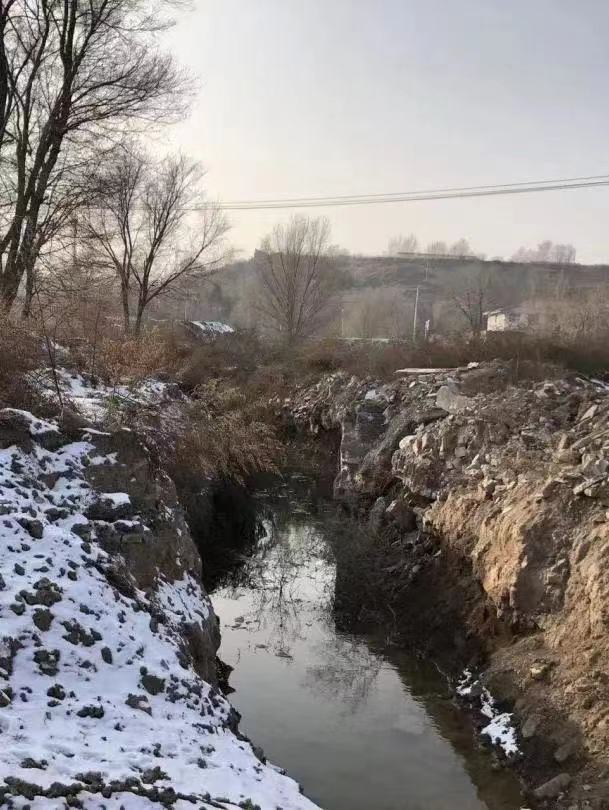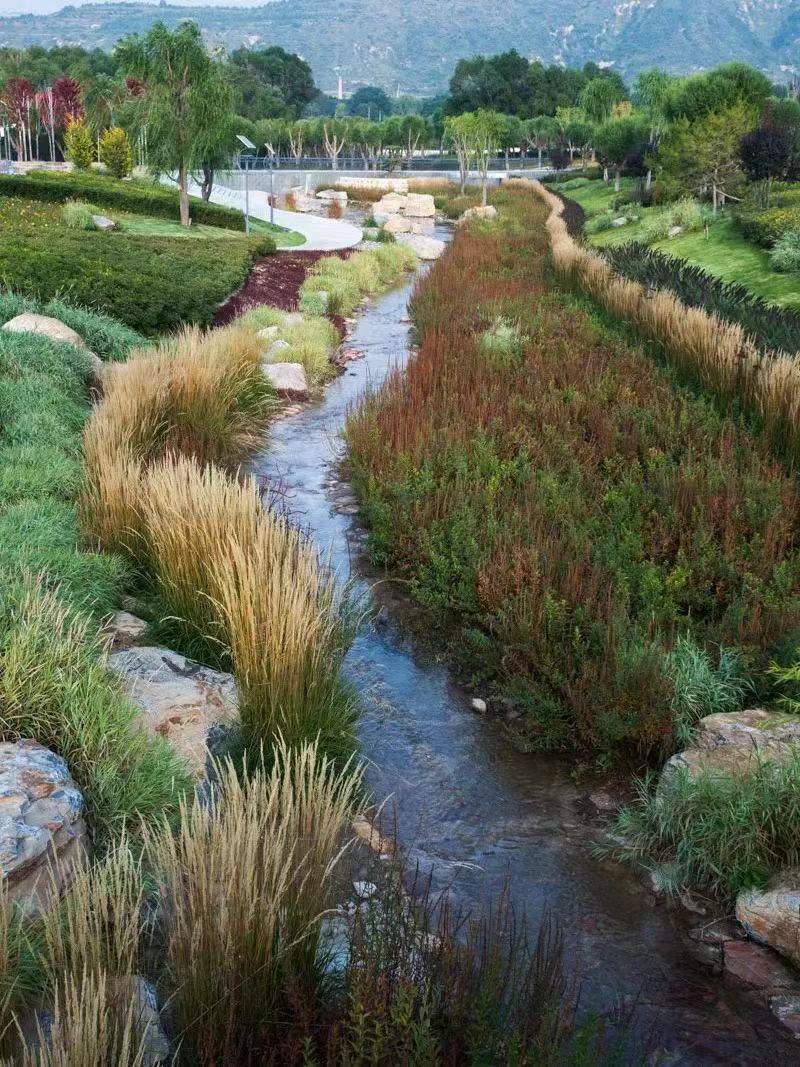



Wetlands (willow ponds) have is a unique and poetic riverside landscape in the semi-arid Loess Plateau. Recognizing the importance of preserving this distinctive habitat and native flora and fauna along the Qingshui River, the willow ponds were kept with water supported from the Qingshui River.
This conservation effort becomes increasingly important as the existing landscape along the River continues to disappear. By using the existing drainage route as the main line for the flood canal, the impact of development is minimized. This approach reduces the need for soil displacement and lowers the risk of soil collapse, striking a balance between flood control and environmental preservation.
Furthermore, the design incorporates a soft grass area in the side slope of the canal as much as possible. This choice aims to enhance the aesthetic appeal and livability of the canal area. Additionally, the bottom of the canal is kept permeable, to improve the overall quality of the canal as a living space.
By carefully considering these design elements, the project seeks to create a harmonious and sustainable flood canal system that not only manages water flow but also preserves and enhances the unique landscape of the semi-arid Loess Plateau.
1- With the increasing emphasis on the environment and growing awareness of ecological principles, the ecological design of flood canals is gaining greater acceptance among clients and the general public.
2- The open space available at the site allows for the design of various dimensions for different sections of the flood canal. Additionally, as the building or urban facility is situated at a considerable distance from the canal, it becomes easier for the government client to implement initial experimental details.
The characteristics of the site play a critical role in determining the approach to mitigate the environmental impacts of man-made facilities. The unique attributes of a site are the primary factors considered when deciding how best to minimize the negative effects on the environment.